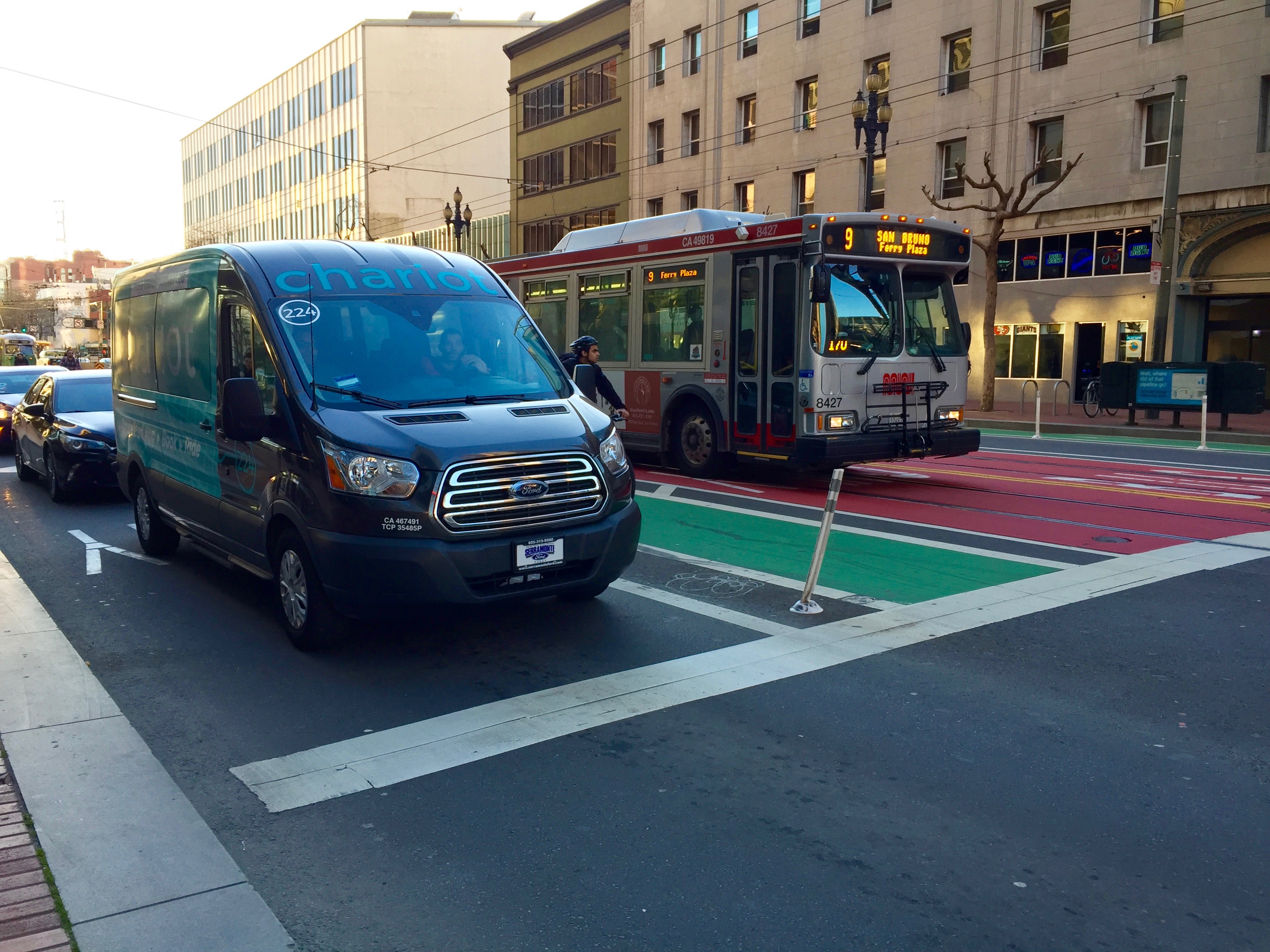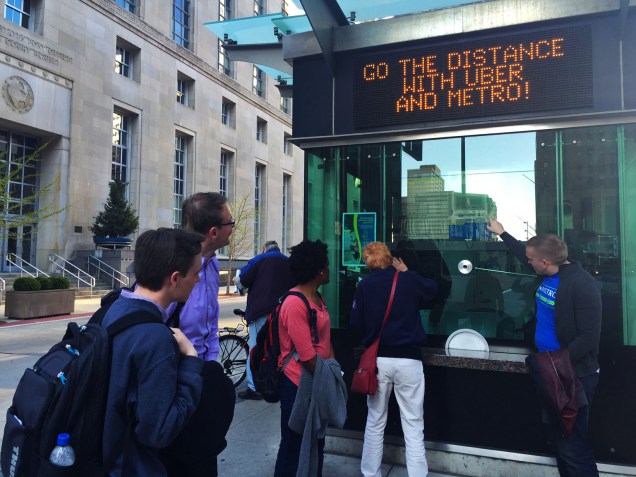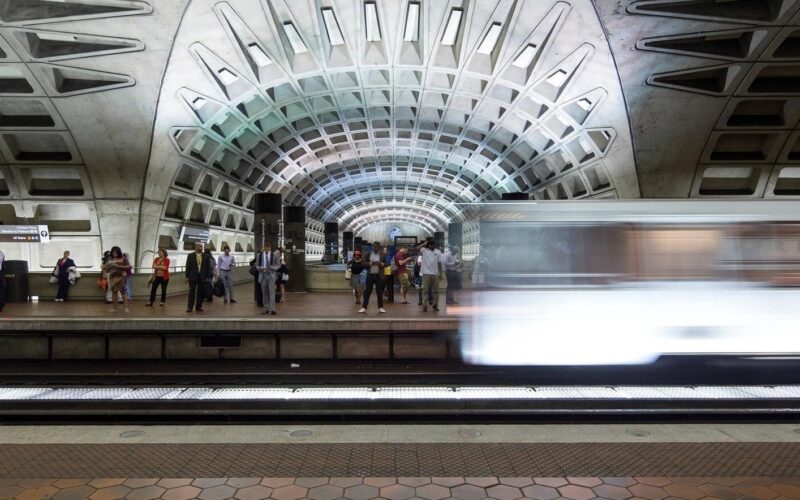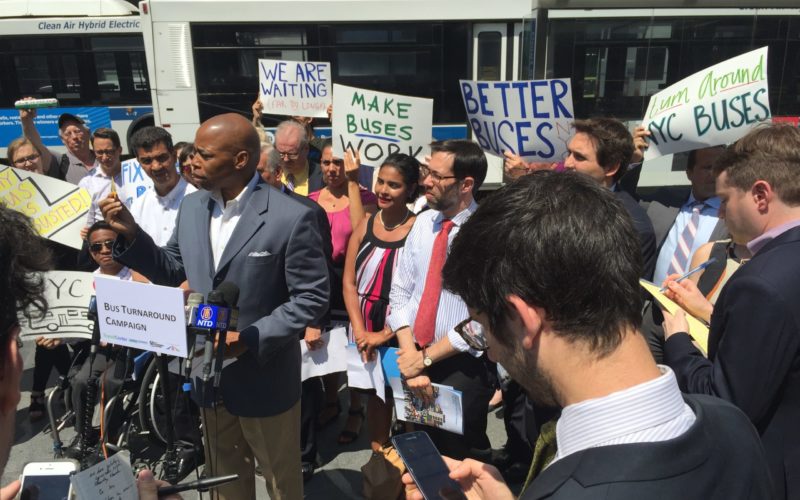

In a recent scan of state-level transportation conferences we spotted a noteworthy sign of the times. Some of these are strictly confabs of local transit agencies, others unite state DOTs, policy makers, transit and the contracting/construction supply industries to look ahead at projects and policies. Now, add Uber. With its business model still a work in progress, Uber isn’t forgetting the public sector as a potential market.
The ride-hailing giant is at the center of conversation at many of these upcoming conferences across the country. Uber will make plenary presentations at the Pennsylvania and Virginia state conferences in the next month. In Pennsylvania, it looks like Uber will pitch small agencies to subsidize rides to transit stops, as SEPTA does at commuter stations. In Virginia, it will present on different partnerships that Uber has with transit organizations nationwide. Discussion of “first/last mile” Uber service to transit was the subject of sessions at recent Arizona, California, and Texas conferences.
Last fall, TransitCenter released Private Mobility, Public Interest to provide a policy framework for cities and transit agencies facing the new, insurgent world of ride-hailing companies. The work touches on conditions for contracting, making negotiations two-sided and government reforms that can make the public sector more nimble in considering, entering and evaluating such partnerships.

 On the Brink: Will WMATA’s Progress Be Erased by 2024?
On the Brink: Will WMATA’s Progress Be Erased by 2024?
The experience of being a WMATA rider has substantially improved over the last 18 months, thanks to changes the agency has made like adding off-peak service and simplifying fares. Things are about to get even better with the launch of all-door boarding later this fall, overnight bus service on some lines starting in December, and an ambitious plan to redesign the Metrobus network. But all of this could go away by July 1, 2024.
Read More A Bus Agenda for New York City Mayor Eric Adams
A Bus Agenda for New York City Mayor Eric Adams
To create the “state-of-the-art bus transit system” of his campaign platform, Mayor Adams will have to both expand the quantity and improve the quality of bus lanes. We recommend these strategies to get it done.
Read More